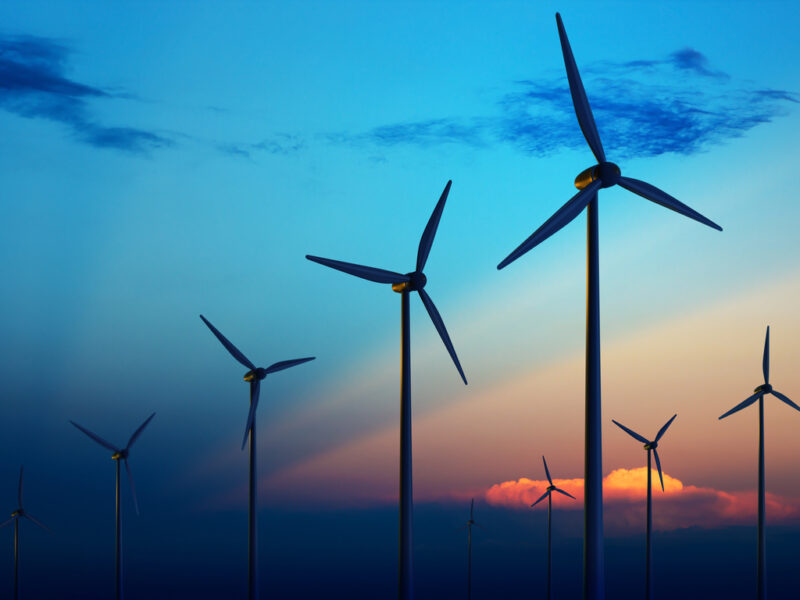Wind energy is swiftly becoming one of the most viable solutions for our planets pressing need for sustainable power. As the world pivots toward greener alternatives, understanding how to accurately calculate the power output of wind turbines is essential.
This process may seem intricate, filled with numbers and variables, yet it stands as a critical component in harnessing the wind’s energy effectively. Have you ever wondered what transforms a gentle breeze into a force that can power homes and industries? In this step-by-step guide, we will unravel the complexities of wind turbine power output calculation, providing you with the tools and knowledge to understand and maximize this clean energy source.
Together, well explore the critical factors at play, from wind speed to rotor diameter, and embark on a journey that demystifies the science behind wind power generation. Whether you’re a seasoned engineer or a curious newcomer, get ready to dive deep into the mechanics of one of natures most powerful allies.
Introduction to Wind Turbine Power Output
Wind energy has emerged as a vital player in the global shift towards sustainable power sources. Understanding how to calculate the power output of a wind turbine is not just an academic exercise; it is essential for optimizing energy production and investment returns in wind farm projects.
The power output, influenced by factors such as wind speed, turbine efficiency, and rotor diameter, can be both straightforward yet complex, depending on the conditions. By grasping the underlying principles and employing the right formulas, you can unlock insights into how different environmental variables affect performance.
As we delve into this guide, we will dissect these elements step by step, empowering you to accurately assess the potential of wind turbines in harnessing the invisible yet powerful force of wind. Ultimately, this knowledge equips you with the tools to participate fully in the renewable energy revolution.
Essential Terminology
To effectively navigate the world of wind turbine power output calculations, it’s essential to familiarize yourself with a few key terms. First, we have wind speed, which refers to the velocity of the wind—usually measured in meters per second (m/s) or miles per hour (mph)—and is critical because it directly influences energy generation.
Then, consider air density, a measure of the mass of air per unit volume, which varies with altitude and temperature, and it plays a pivotal role in determining how much energy can be harvested from the wind. Additionally, swept area comes into play—it’s the circular area traversed by the turbine blades and is calculated using the rotor radius.
Lastly, power coefficient (Cp) encapsulates the efficiency of the turbine in converting wind energy into mechanical energy, representing an essential performance metric. Understanding these terms will arm you with the foundational knowledge needed to delve deeper into the power output calculations, ensuring a smoother journey through this intricate yet fascinating field.
Factors Influencing Power Output
Several key factors influence the power output of a wind turbine, each playing a distinct role in maximizing energy production. First and foremost, wind speed is paramount; it not only determines the kinetic energy available but also significantly affects the turbines efficiency, with power output often increasing exponentially as wind speeds rise.
The design and efficiency of the turbine blades come next—longer, aerodynamically optimized blades can capture more wind, translating to greater output. Additionally, the height of the turbine, or hub height, matters; turbines installed at greater altitudes can access stronger, more consistent winds, which a shorter turbine may miss entirely.
Environmental factors, such as turbulence from surrounding structures or terrain, also come into play, impacting the flow of wind and, consequently, the turbines effectiveness. Lastly, temperature and air density affect the mass of air the turbine encounters, thus influencing how much energy can be harnessed.
Understanding these factors is crucial for anyone looking to accurately calculate the potential power output of a wind turbine.
Conclusion
In conclusion, understanding how to calculate wind turbine power output is essential for optimizing energy production and assessing the feasibility of wind projects. By taking into account factors such as wind speed, rotor diameter, air density, and the efficiency of the turbine, you can determine the potential energy that a wind turbine can generate.
Utilizing the proper formulas and tools not only helps in making informed decisions but also ensures that wind energy contributes effectively to sustainable energy solutions. With continued advancements in technology and a growing emphasis on renewable resources, mastering the calculation of wind turbine power output will play a critical role in harnessing the full potential of wind energy for a greener future.


